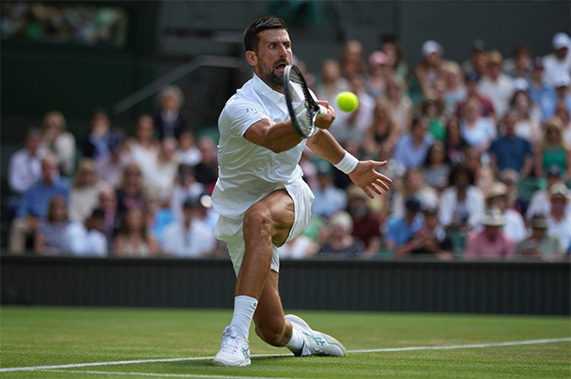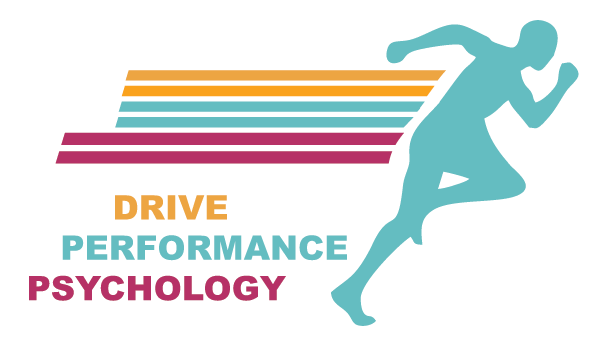
Routines Help Players:
• Regulate nerves before stepping on court.
• Stay focused in high-pressure moments (like break points or tie-breaks)
• Recover psychologically after mistakes
• Prepare physically and mentally between points
At Wimbledon, with the added pressure of the world watching, nerves can derail even the most experienced players. PPRs act as a grounding strategy, helping athletes stick to their process instead of being pulled into outcome-based thinking.
What Do Pre-Performance Routines Look Like?
PPRs typically include physical and mental elements. A tennis player’s pre-match routine might include:
• Physical preparation: light cardio, dynamic stretches, racquet check
• Mental cues: listening to a set playlist, repeating affirmations, visualising success
• Environmental control: arriving early, wearing the same kit setup, eating familiar food
Each part of the routine is designed to create a sense of readiness and familiarity. For juniors, this might be as simple as taking five minutes to breathe, think about their goals, and warm up in a structured way. For pros, it might be a well-rehearsed sequence honed over years.
What About Pre-Shot Routines?
Tennis also involves pre-shot routines. These are the actions a player takes between points. They are visible in nearly every professional match.
Think of Rafael Nadal. His routine was meticulous. He placed his bottles in a specific way, adjusted his clothing before each serve, and followed a consistent tempo between points. While this might have seemed excessive, it served a key function. It kept him locked into his rhythm, helped manage emotions, and gave him a sense of control in an otherwise unpredictable environment.
Other elements of a pre-shot routine might include:
• Pacing behind the baseline
• Using a towel to reset
• Focusing on breath to reduce tension
• Using a cue word or phrase before serving
• Bouncing the ball a specific number of times
These actions help shift attention from mistakes or pressure to the next point. They are part of the athlete’s psychological armour.
Building a Routine: Tips for Young Tennis Players
You don’t have to be playing on Centre Court to benefit from a routine. In fact, developing one early in your tennis journey can help build confidence, manage stress, and improve consistency.
Here’s how to get started:
1. Keep it simple. One or two consistent steps before matches or between points is enough to start with
2. Make it personal. Choose actions or thoughts that help you feel calm and focused
3. Practice in training. Don’t wait for a big match. Rehearse your routine in everyday sessions
4. Review and adapt. Routines aren’t fixed. As you grow, they might change
Watching Wimbledon this week, pay attention to the small moments between the points. The players’ routines may not make the highlight reels, but they are often what hold the performance together. Behind every ace, rally, and comeback is a routine that grounds the player in process over pressure.
Whether you are stepping onto a local court or dreaming of the All England Club, a strong routine could be the missing piece in your mental game.
Reach your goals
My aim is to help others reach their goals, by recognising and working through any challenges that are limiting them from achieving their potential.
Code of Conduct
I work within the ethical guidelines of the BASES Code of Conduct and our work together will be kept confidential unless otherwise requested.

